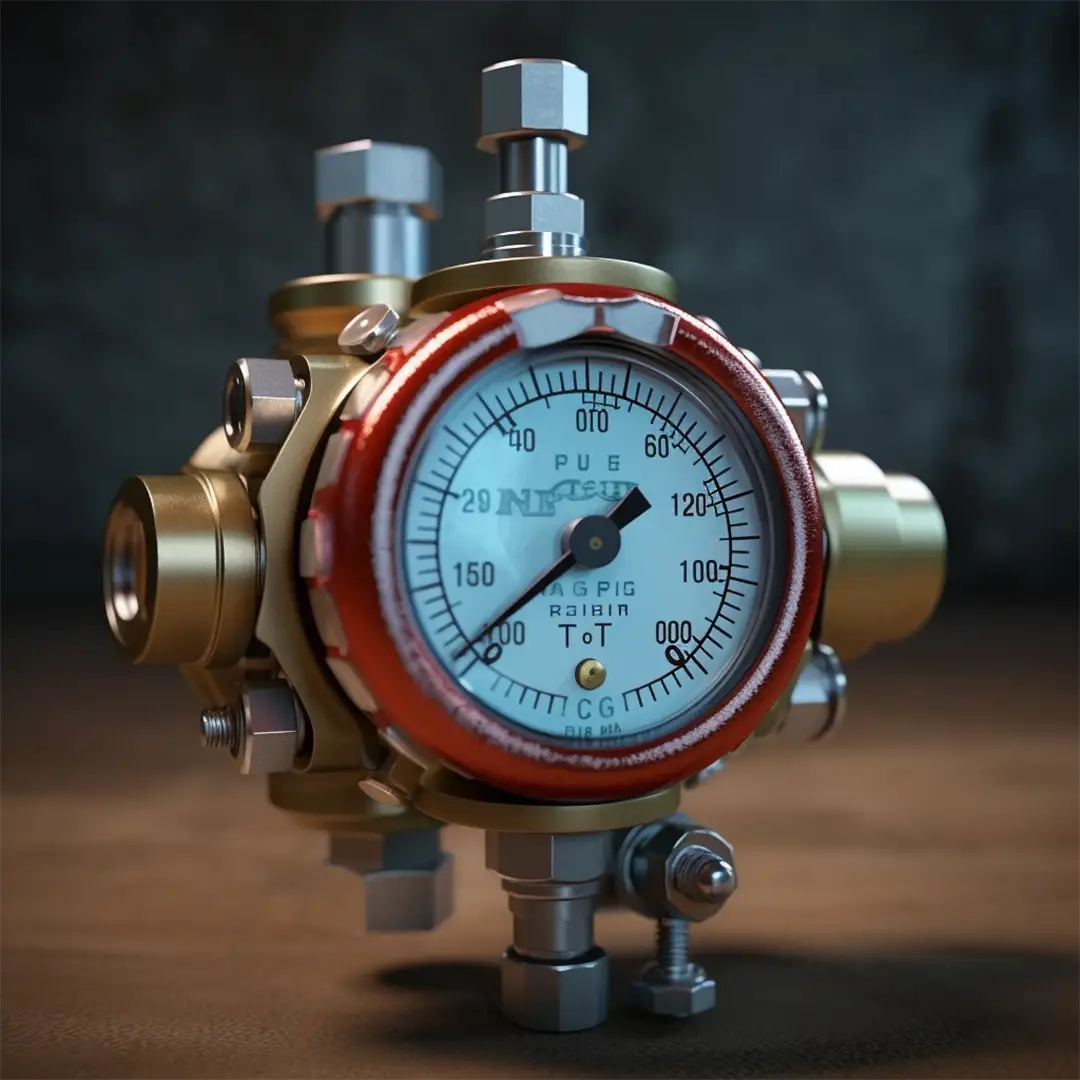Oxygen regulator valve

What is the customer's context and application?
The oxygen regulator valve is a component placed on oxygen cylinders to reduce and control pressure. In our case, the application is for medical use. Under no circumstances should the operation of the product be questioned, as this could compromise the safety and lives of users.
What was the customer's fastening project before coming to see us?
A set of 2 parts is held together by a pinning system. At the start of the project, the pins used were ground pinstype ISO8734. The dispersion of the assembly forces was too great, with the risk of the pins tracking in the event of low values. The assembly must withstand high pressure to avoid any risk of personal injury. In the event of pin loss, the risk is very high. The supplier who manufactures the part where the pins are assembled suggested to the customer that he use splined pins.

What study have we carried out?
We investigated whether the original solution was problematic. A side-by-side chain was made to check the compatibility between the dimensions of the parts and their function. After study, we realized that the material would never be able to hold the clamping, whatever the state of the grinding, our design office So our design department came up with a fluted support that would reduce insertion forces and solve the problem of the path. The assembly forces were too high for automated assembly on the customer's premises, which would have jeopardized the assembly process, so the reduced forces enabled the solution to be retained:
- A splined pin requires 500 to 1000kg of assembly effort;
- A ground pin requires 1000 to 1500kg of assembly effort.
What did we recommend?
We presented a design review that accompanies our customer on 100% of the issues involved in fixing their product, which includes:
- A spline pin design tailored to your needs
- A symmetrical pin and spline on the 2 ends, making it easier to industrialize the part on the assembly line (40% less assembly scrap);
- Mechanical characteristics identical to the original ISO 8734, notably in terms of hardness, to ensure that the pin lasts over time.
- A recommendation on drilling diameter
- dimensioning chain to determine the characteristics of the housing so that the pin fulfills its securing function in 100% of cases before market authorization, which was the customer's number 1 priority
- Adaptation to different assembly variables with :
- The maximum insertion force;
- The hardness of the part;
- Cleanliness level, certifying the absence of hydrocarbons.
What are the quantifiable benefits for our customer?
The LGC co-design has enabled our customer :
- 1 less machining step in the design of this technical solution;
- 20% less swarf thanks to the elimination of grinding, improving production costs and the carbon footprint of manufacturing;
- 100% improvement in customerrejects caused by the problem of fixing the initial solution;
- Marketingauthorization with over 100,000 units produced per year since 2017, i.e. 600,000 pressure-reducing valves sold.



